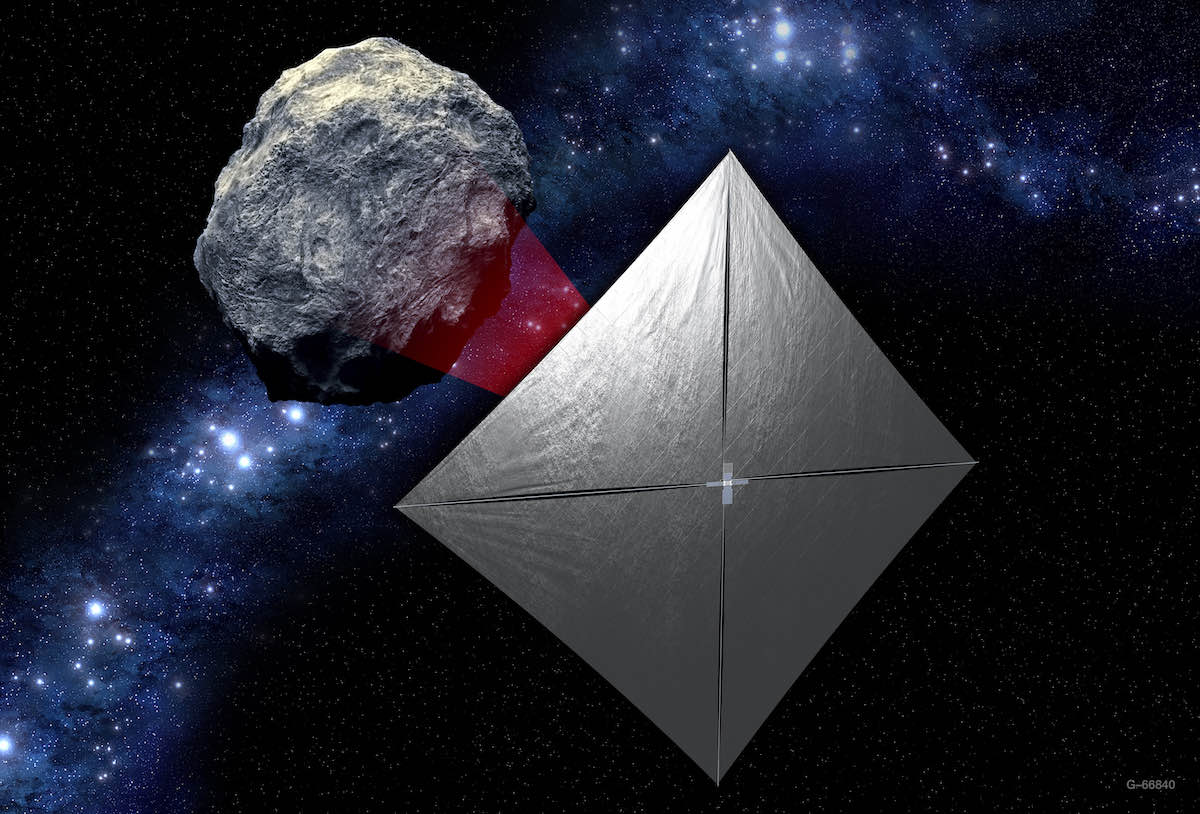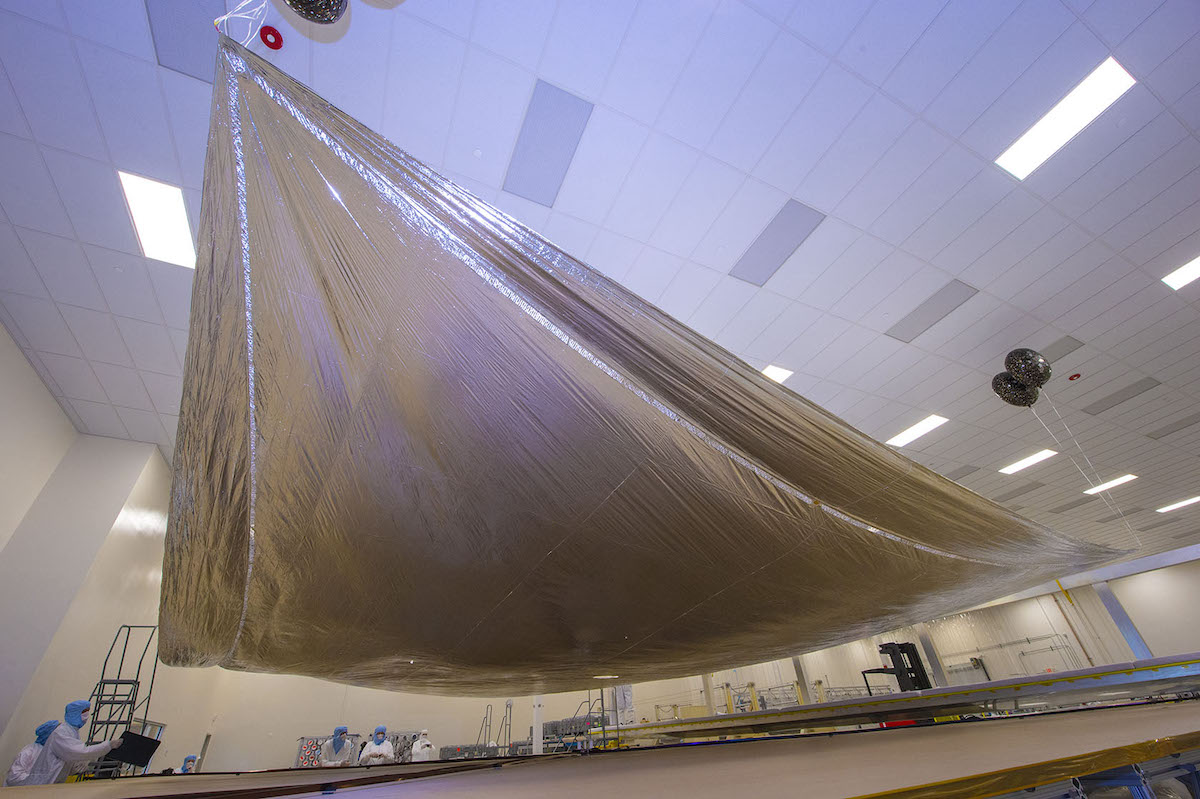
Catching a ride on Artemis 1 is a miniaturized CubeSat called NEA Scout that will use a thin, aluminum-coated solar sail about the size of a tennis court to propel it towards the smallest asteroid ever to be studied by a spacecraft.
NEA Scout will serve as a bold robotic reconnaissance mission to fly by and return data from an asteroid representative of near-Earth asteroids that may one day become destinations for humans.
While the uncrewed Orion spacecraft — set for launch from Kennedy Space Center, Florida, as early as Monday — and several other secondary payloads are headed directly to the Moon, the shoe box-sized NEA Scout will be setting a different course.
After being released, the giant sail measuring 925 square feet (86 square meters) will be deployed to use solar radiation to propel NEA Scout to the asteroid, estimated to be the size of a school bus.
Following a lunar gravity assist, NEA Scout is expected to intercept in late 2023, approaching within a mile (1.6-kilometers) of the asteroid where it will perform what mission planners believe will be the slowest flyby in the history of space exploration, passing at a relative speed of just 100 feet (30-meters) per second.
The target is 2020 GE, a near-Earth asteroid (NEA) that is less than 18 meters in size, and the spacecraft will use its science camera to get an up-close look, measuring the object’s size, shape, rotation and surface properties while also looking for any dust and debris that might surround it.
Because the camera has a resolution of less than 10 centimeters per pixel, the mission’s science team anticipate being able to determine whether 2020 GE is solid — like a boulder — or if it’s composed of smaller rocks and dust clumped together like some of its larger asteroid cousins, such as asteroid Bennu.
“Thanks to the discoveries of NEAs by Earth-based observatories, several targets had been identified for NEA Scout, all within the 5 to 30 meters size range,” said Julie Castillo-Rogez, the mission’s principal science investigator at JPL. “It is a chance to study a class of asteroid that we currently know very little about.”

The asteroid 2020 GE was first observed on 12 March 2020 by the University of Arizona’s Catalina Sky Survey as part of its search for near-Earth objects for NASA’s Planetary Defense Coordination Office.
This science and technology demonstration mission — based on a six-unit CubeSat and one of 10 secondary payloads tucked away inside NASA’s giant Space Launch System rocket — will act as a nimble scout for future human and robotic missions, and will gain important planetary defense insights about this class of NEA.
NEA Scout was designed and developed by NASA’s Marshall Space Flight Center in Huntsville, Alabama, and NASA’s Jet Propulsion Laboratory in Pasadena, California. If successful, it will become the first interplanetary CubeSat to image and characterize a near-Earth asteroid, combining the proven capabilities of solar sail propulsion with critical science needs.
Castillo-Rogez added: “Although the camera is very small, we demonstrated that its performance meets our requirements for science observations. Flyby of the target will be in November 2023 and we will start searching for it about a month prior to encounter. After the flyby, we will downlink the data over a few months.”
NASA is using excess capacity on the new heavy-lift rocket to launch the CubeSats, which are stowed inside dispensers mounted on the ring-shaped adapter that sits just below the Orion spacecraft on top of the 322-foot-tall (98-meter) SLS moon rocket.
